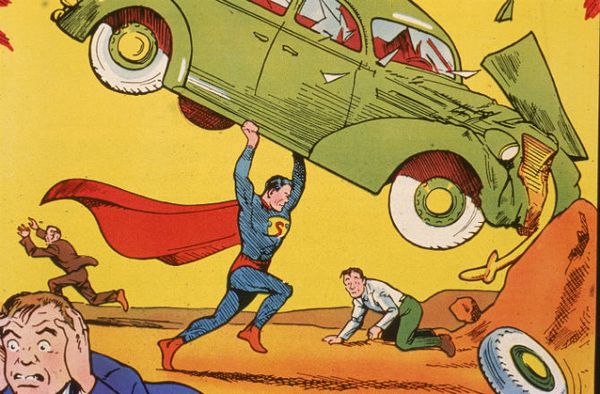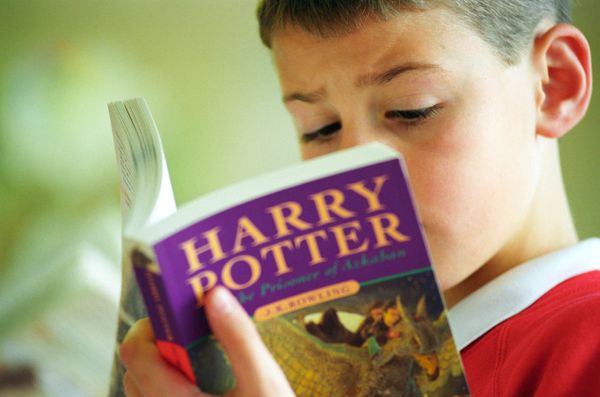
Reading is one of life's great pleasures. Getting lost in a good book can be a great way to spend a quiet afternoon, keep your mind occupied on a flight, or unwind at the end of a long day. In late 2007, Amazon introduced its popular e-reader, the Kindle. (The Barnes & Noble Nook e-reader followed in 2009). At the time, they were simply ways for the companies to simply sell more books. They were hyped as a convenient and inexpensive way to load multiple books onto a single device. Later, they were marketed as a way to help children read. But research is showing that something got lost along the way.
We talked with Naomi S. Baron, professor of linguistics emerita at American University in Washington, D.C., and author of the book "How We Read Now: Strategic Choices for Print, Screen, and Audio," published by Oxford University Press. She gave us the scoop (and the research) on the many benefits of reading print. Here are six of them.
Advertisement


